Memory Performance: 16GB DDR3-1333 to DDR3-2400 on Ivy Bridge IGP with G.Skill
by Ian Cutress on October 18, 2012 12:00 PM EST- Posted in
- Memory
- G.Skill
- Ivy Bridge
- DDR3
The realm of DDR3-2400 MHz memory is reserved for two types of setup – strong Sandy Bridge and Sandy Bridge-E processors, or Ivy Bridge processors. The former can depend on the motherboard as well – within my motherboard testing I was finding that some motherboards enjoyed running at DDR3-2400 with an appropriate processor, whereas others needed a bump in voltages to get to work. For Ivy Bridge processors though, DDR3-2400 should be a walk in the park – based on overclocking results it seems that processors produced in Malaysia have good memory controllers, whereas ones made in Costa Rica have better processor speed/voltage characteristics (though your mileage may vary). So having a high and stable memory speed is ideally paired with an Ivy Bridge processor at this point.
As you can imagine, if DDR3-2133 was getting expensive, then DDR3-2400 is even much more so, even if the kit is rated C10 rather than C9. The additional cost comes mainly from binning – i.e. making sure that there are enough ICs to go into these memory kits. A 4x4 GB kit needs 32 ICs capable of running this speed, and to get those 32 may require north of 500 ICs to be tested (the rest get binned into other slower modules), though the exact numbers are obviously a well kept secret from G.Skill. If I recall, in the early days of Nehalem, the high end 2000 C8 modules were literally 1 in 100 that passed the tests, and hence the exorbitant price at the time. This DDR3-2400 C10 kit comes in at $145, not much of a leap from DDR3-2133 C9 at $130, but the benchmarks will paint a truer picture of how much this difference matters later in the review.
Visual Inspection
The DDR3-2400 C10 kit today provided by G.Skill covers its TridentX branding. TridentX is one notch above RipjawsZ, and spans kits from DDR3-2400 C9 to DDR3-2800 C11. The main features on the kit (aside from the speeds) are the heatsinks, to which G.Skill have added a detachable fin. Without the fin, the module is approximately 9mm above the module, and with the fin the total height is 22mm above the PCB. That is a lot of height for a memory module that in 99% of circumstances would not produce enough temperature to trouble any build.
In order to remove the fin there is a screw at each end of the module, and the fin slides off effortlessly. The fins fit very well, but upon attempting to reattach a fin I was unable to get it on as securely as it came out of the box, leaving a little wobble in the fin. There is no cause for alarm if you get a module with a wobbly fin – nothing is wrong, and it will not affect the heat dissipation as much as most users may think. Most modules output a few watts at best, so dissipation of several watts of energy without a fin is simple enough.
Putting such a large module in our TRUE Copper scenario was a recipe for disaster:
Even putting the module in the second slot faired no better:
All the testing for this review was done on a ASUS P8Z77-V Premium motherboard with the Intel stock cooler, so module movement is not much an issue in that case, but big air coolers still get a lot of usage (and is more often than not an investment over several updates), so there are things to consider when purchasing memory.
JEDEC + XMP Settings
| G.Skill | |||||
| Kit Speed | 1333 | 1600 | 1866 | 2133 | 2400 |
| Subtimings | 9-9-9-24 2T | 9-9-9-24 2T | 9-10-9-28 2T | 9-11-10-28 2T | 10-12-12-31 2T |
| Price | $75 | $80 | $95 | $130 | $145 |
| XMP | No | Yes | Yes | Yes | Yes |
| Size | 4 x 4 GB | 4 x 4 GB | 4 x 4 GB | 4 x 4 GB | 4 x 4 GB |
|
|
|||||
| MHz | 1333 | 1600 | 1867 | 2134 | 2401 |
| Voltage | 1.500 | 1.500 | 1.500 | 1.650 | 1.650 |
| tCL | 9 | 9 | 9 | 9 | 10 |
| tRCD | 9 | 9 | 10 | 11 | 12 |
| tRP | 9 | 9 | 9 | 10 | 12 |
| tRAS | 24 | 24 | 28 | 28 | 31 |
| tRC | 33 | 33 | 37 | 38 | 43 |
| tWR | 10 | 12 | 14 | 16 | 16 |
| tRRD | 4 | 5 | 5 | 6 | 7/6 |
| tRFC | 107 | 128 | 150 | 171 | 313 |
| tWTR | 5 | 6 | 8/7 | 9/8 | 10/9 |
| tRTP | 5 | 6 | 8/7 | 9/8 | 10/9 |
| tFAW | 20 | 24 | 24 | 25 | 26 |
| tCWL | - | 7 | 7 | 7 | 7 |
| CR | - | 2 | 2 | 2 | 2 |


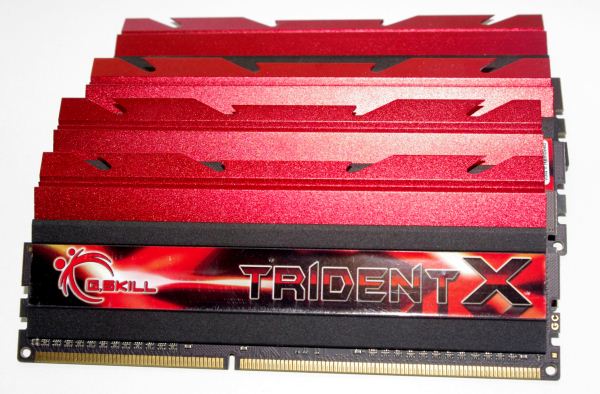
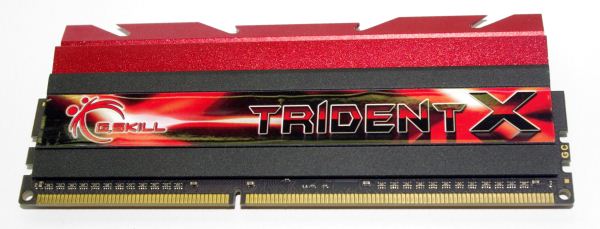
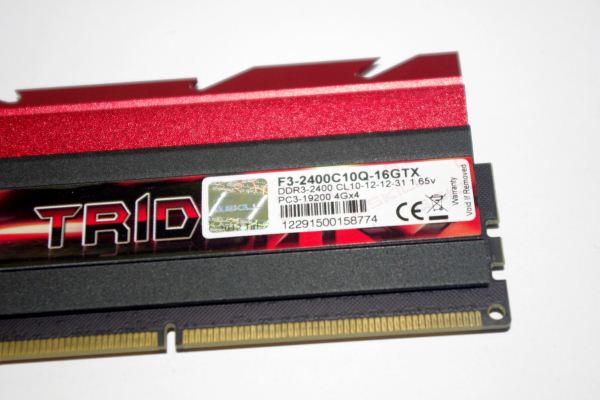
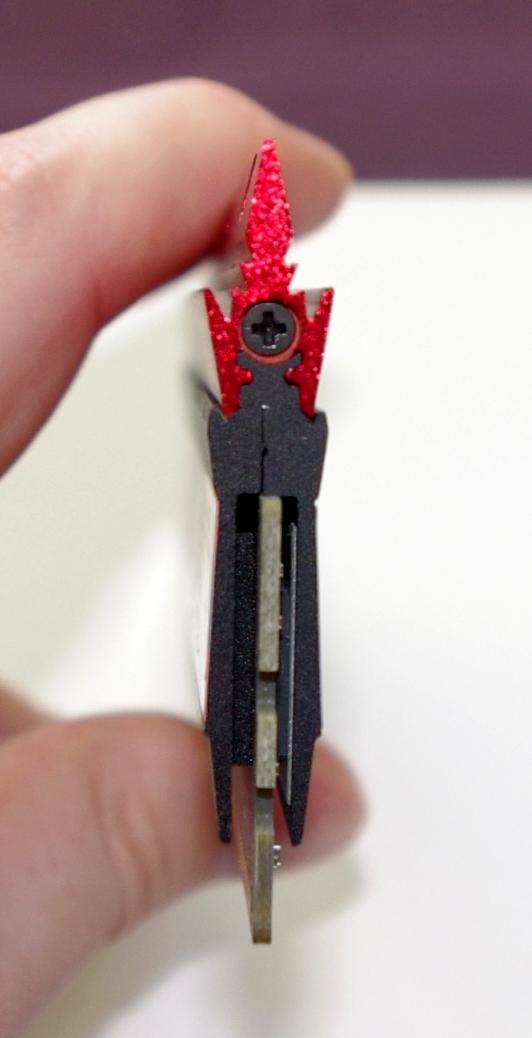


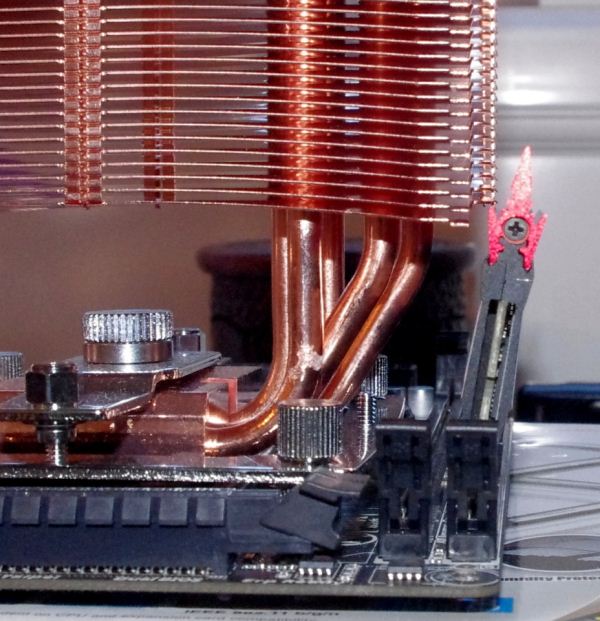















114 Comments
View All Comments
jwilliams4200 - Friday, October 19, 2012 - link
You are also incorrect, as well as highly misleading to anyone who cares about practical matters regarding DRAM latencies.Reasonable people are interested in, for example, the fact that reading all the bytes on a DRAM page takes significantly less time than reading the same number of bytes from random locations distributed throughout the DRAM module.
Reasonable people can easily understand someone calling that difference sequential and random read speeds.
Your argument is equivalent to saying that no, you did not shoot the guy, the gun shot him, and you are innocent. No reasonable person cares about such specious reasoning.
hsir - Friday, October 26, 2012 - link
jwilliams4200 is absolutely right.People who care about practical memory performance worry about the inherent non-uniformity in DRAM access latencies and the factors that prevent efficient DRAM bandwidth utilization. In other words, just row-cycle time (tRC) and the pin bandwidth numbers are not even remotely sufficient to speculate how your DRAM system will perform.
DRAM access latencies are also significantly impacted by the memory controller's scheduling policy - i.e. how it prioritizes one DRAM request over another. Row-hit maximization policies, write-draining parameters and access type (if this is a cpu/gpu/dma request) will all affect latencies and DRAM bandwidth utilization. So just sweeping everything under the carpet by saying that every access to DRAM takes the same amount of time is, well, just not right.
nafhan - Friday, October 19, 2012 - link
I was specifically responding to your incorrect definition of "random access". Randomness doesn't guarantee timing; it just means you can get to it out of order.jwilliams4200 - Friday, October 19, 2012 - link
And yet, by any practical definition, you are incorrect and the author is correct.For example, if you read (from RAM) 1GiB of data in sequential order of memory addresses, it will be significantly faster than if you read 1GiB of data, one byte at a time, from randomly selected memory addresses. The latter will usually take two to four times as long (or worse).
It is not unreasonable to refer to that as the difference between sequential and random reads.
Your argument reminds me of the little boy who, chastised by his mother for pulling the cat's tail, whined, "I didn't pull the cat's tail, I just held it and the cat pulled."
jwilliams4200 - Thursday, October 18, 2012 - link
Depending on whether there is a page-hit (row needed already open), page-empty (row needed not yet open), or page-miss (row needed is not the row already open), the time to read a word can vary by a factor of 3 times (i.e., 1x latency for a page-hit, 2x latency for a page-empty, and 3x latency for a page-miss).What the author refers to as a "sequential read" probably probably refers to reading from an already open page (page-hit).
While his terminology may be ambiguous (and his computation for the "sequential read" is incorrect, it should be 4 clocks), he is nevertheless talking about a meaningful concept related to variation on latency in DRAM for different types of reads.
See here for more detail:
http://www.anandtech.com/show/3851/everything-you-...
Shadow_k - Thursday, October 18, 2012 - link
My knowledge of RAM has increased 10 fold very nice artical well donelosttsol - Thursday, October 18, 2012 - link
2133MHz "Recommended for Deeper Pockets"???Not really. DDR3 is so cheap now that high end RAM is affordable for all. I would have said you were crazy a few years ago if you told me soon I could buy 16GB of RAM for less than $150.
IanCutress - Thursday, October 18, 2012 - link
Either pay $95 for 1866 C9 or $130 for 2133 C9 - minor differences, but $35 saving. This is strictly talking about the kits used today, there could be other price differences. But I stand by my recommendation - for the vast majority of cases 1866 C9 will be fine, and there is a minor performance gain in some scenarios with 2133 C9, but at a $35 difference it is hard to justify unless you have some spare budget. Most likely that budget could be put into a bigger SSD or GPU.Ian
just4U - Friday, October 19, 2012 - link
Something has to be said about the TridentX brand I believe.. since it is getting some pretty killer feedback. It's simply the best ram out there being able to do all that any other ram can and that little bit extra. I don't see the speed increase as a selling point but the lower timings at conventional speeds that users are reporting is interesting.. I haven't tried it though.. just going on what I've read. Shame about the size of the heatsinks though.. makes it problematic in some builds.Peanutsrevenge - Friday, October 19, 2012 - link
You clearly live in some protected bubble where everyone has well paid jobs and isn't on a shoestring budget.I would so LMAO when you get mugged by someone struggling to feed themselves because you're all flash with your cash.